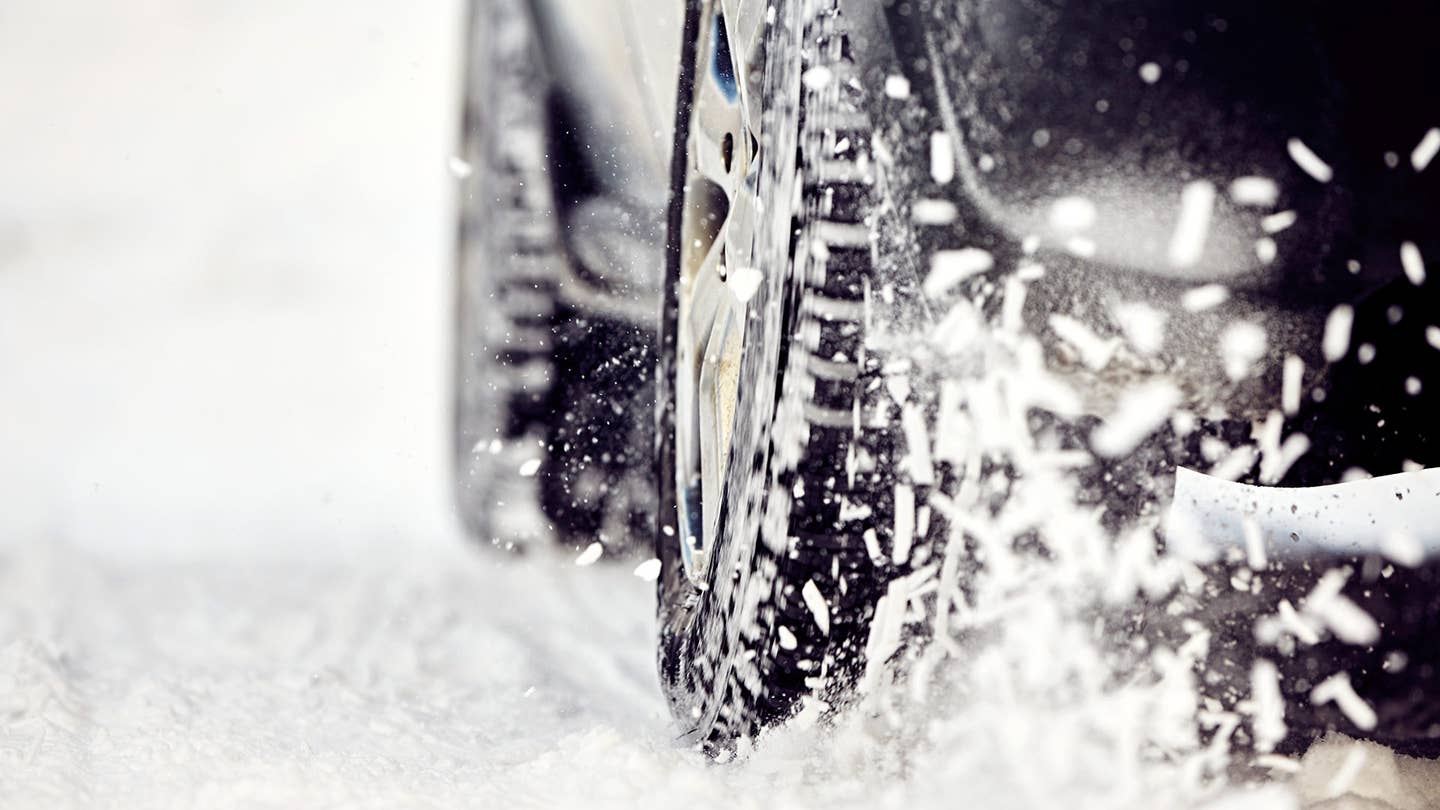Do I Really Need Winter Tires? Ask The Drive
Our resident know-it-all expounds on the art of staying wheels-down this winter.

We may earn revenue from the products available on this page and participate in affiliate programs. Learn more ›
Q: Come on, snow tires are a rip off. All-seasons are good enough. Amiright? – B. Moan, Pseudonym City
A: Winter means different things in different parts of the country. In western New York, it means snow drifts rising above your head and wearing four layers of clothing because the top three are going to get wet. In southern California, where I’ve lived my entire life, it means the waves are going to get massive with better shape, but it’ll be too cold to surf them without a wetsuit.
All of which is to say, I’m not qualified to tell you whether or not you need snow tires. But Matt Edmonds, Vice President of massive multi-brand online tire retailer The Tire Rack and a resident of South Bend, Indiana, is.
“Don’t call them snow tires,” Edmonds says. “The technology has moved way beyond that. They’re winter tires now.”
Snow tires were those knobby rubber doughnuts your grandfather bolted to his Oldsmobile every November that kicked up all the road salt to insure the fenders rotted out by the next spring. But today’s winter tires are based on sophisticated rubber compounds specifically designed to deal with cold weather and not just cut through slop. Their treads may not be as gnarly as those old snow crushers, but that’s only because they don’t have to be.
“Rubber gets hard in cold conditions,” Edmonds says. “But modern winter tire rubber compounds remain relatively pliable and compliant in cold temperatures.” Those advanced compounds in turn allow more sophisticated tread patterns optimized for specific applications—trucks, family SUVs, high-performance cars, whatever.
All season tires are jacks of all trades, but masters of none.
What “cold” means in this case, is 40°F or below. If you live some place where temperatures regularly dip and stay below that threshold for prolonged periods, winter tires are going to pay off in significantly improved traction, and that means better braking, steering and cornering. And that’s not just when it’s snowing, but when it’s wet or just plain chilly, too. In short, any weather conditions beyond the competency of regular “all-season” tires.
“All season tires are jacks of all trades, but masters of none,” Edmonds says. “Think of this like putting boots on your feet. When the going gets tough, you put on boots. Winter tires are boots for your car.”
Ultimately, everything your vehicle does, it does through its tires. Those four small patches of rubber are what connect you to whatever surface you’re traveling over. There’s no reason to waste money on winter tires if you never drive off the island of Oahu, but if you live in Minnesota, Wisconsin or one of the Dakotas, they can be the difference of getting to Shoney’s in time for the early bird specials, or stuffing yourself into a snowbank and contenting yourself with warmed-over coffee at the repair shop. Winter tires aren’t cheap, but they only need to save your ass once to be worth it.
They aren’t, however, miracle workers. Winter driving is usually treacherous, and slowing down is almost always the best course of action.
And if you don’t want to slow down, move to southern California.
